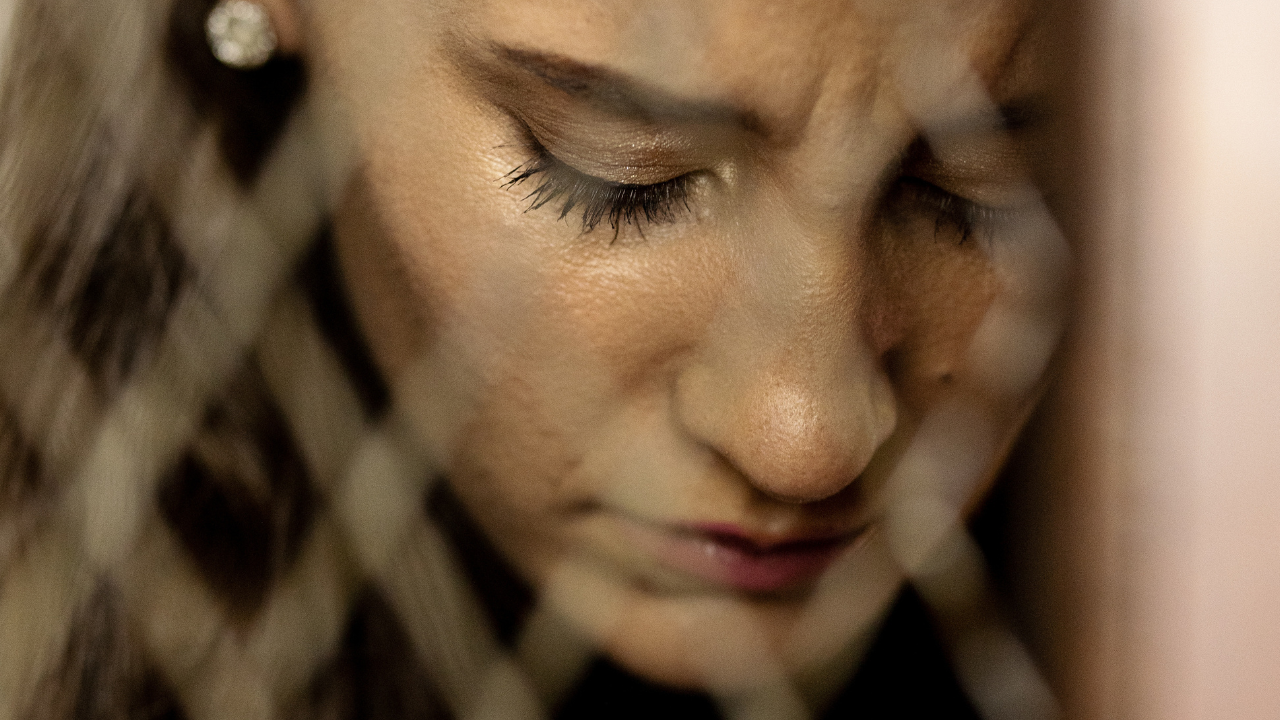
NGOCSTIP – Unmasking Human Trafficking reveals a global crisis that strips people of freedom, safety, and dignity. Every day, traffickers exploit men, women, and children across the world. They sell lives for labor, sex, and criminal activity. This injustice affects millions in both developed and developing countries. Victims often remain unseen, hidden in plain sight. Some are trafficked across borders, others within their own cities. The traffickers use lies, threats, and manipulation to maintain control. Many survivors experience years of trauma after escaping. Behind each case is a person with a stolen future. We must learn, act, and speak for those silenced by fear.
Human trafficking involves force, fraud, or coercion to exploit someone. It can happen for sexual exploitation, forced labor, or illegal organ trade. Traffickers target people in vulnerable situations—poverty, conflict, or migration. They promise jobs, education, or safety to lure victims. The victims lose control over their lives and movements. Some are moved across countries, while others never leave their town. Criminal networks often organize and manage these operations. The victims rarely report their situations due to fear. Language barriers and isolation keep them trapped. Human trafficking is not rare—it’s a hidden industry worth billions.
“Read about: Preventing Child Trafficking with Boys Town: A Guide for Parents and Educators”
Anyone can become a victim of trafficking. Women and girls often face sexual exploitation. Traffickers force men and boys into labor or criminal acts. They use children for begging, theft, or forced marriage. Migrant workers frequently fall into trafficking through fake jobs. Traffickers exploit people with limited resources or legal protection. LGBTQ+ individuals face higher risks of being trafficked. Displaced people and refugees also become frequent targets. Most victims know their trafficker or trust them initially. This makes detecting trafficking difficult and stopping it even harder.
Human trafficking generates billions of dollars every year. In fact, experts consider it one of the fastest-growing criminal industries. For example, forced labor alone contributes major profits to global supply chains. Additionally, sex trafficking also brings massive income to organized crime groups. As a result, traffickers view people as products, not human beings. They profit from suffering, using people like currency. Furthermore, victims receive no pay, no rights, and no freedom.
Meanwhile, the economy benefits while human lives suffer and are destroyed. In particular, traffickers use cheap labor in agriculture, factories, and domestic work. Ultimately, consumers unknowingly support exploitation through everyday purchases. Moreover, this hidden trade involves many people, making it a global issue. Consequently, it becomes harder to track and dismantle these criminal networks. As such, law enforcement struggles to address the scope of human trafficking. On the other hand, some countries take strong measures to combat this injustice. However, challenges remain in implementing effective solutions worldwide. For instance, traffickers often operate in the shadows, evading justice. Therefore, raising awareness and vigilance is critical in fighting trafficking.
“Read more: Early Signs of Bronchiolitis in Children: What Parents Need to Know”
Traffickers use both physical and psychological control. They isolate victims from their friends, family, and any help. Fear and shame become powerful tools in their hands. They tell victims they owe debts they can never repay. Some traffickers lock up their victims or move them constantly to avoid detection. They give fake documents to hide their identities. Traffickers brainwash victims into thinking they are free. They use threats against victims’ families to prevent escape. Online platforms allow traffickers to recruit and exploit victims. Social media becomes a hunting ground for traffickers.
Victims may seem afraid, anxious, or unusually quiet. They often avoid eye contact and social interaction. Their movements may appear restricted or monitored. They may show signs of physical or emotional abuse. Some don’t know where they are or what day it is. They may lack personal items or legal documents. Victims often work long hours without breaks or pay. Their stories seem rehearsed or controlled by someone else. They may live and work in the same location. Unusual tattoos or branding marks can also indicate trafficking.
Communities play a key role in fighting trafficking. Education helps people spot warning signs early. Teachers, doctors, and workers should learn to recognize victims. Sharing resources can direct victims to safety and help. Organizations offer support services to survivors. Hotlines and shelters provide safe spaces for recovery. Law enforcement and social workers need proper training. Governments must enforce anti-trafficking laws effectively. Consumers should question where their goods come from. Awareness creates pressure for justice and prevention.